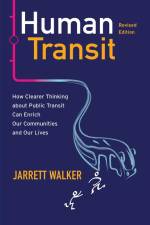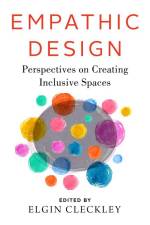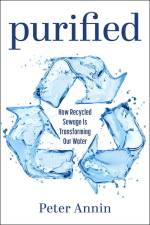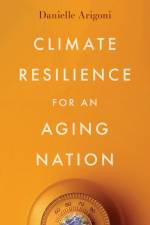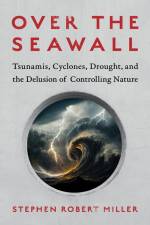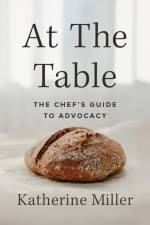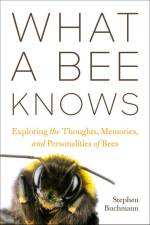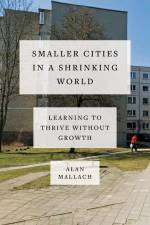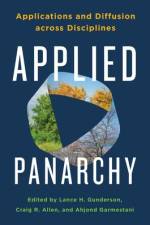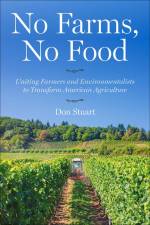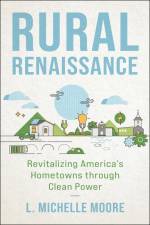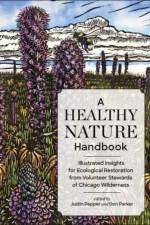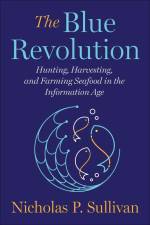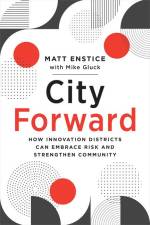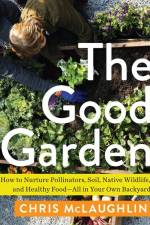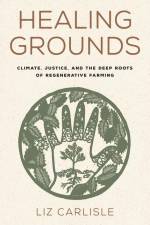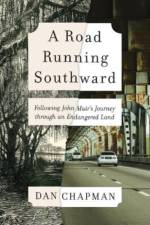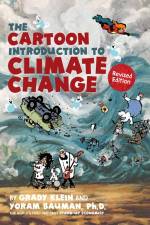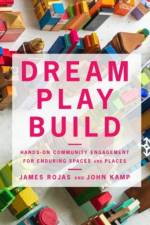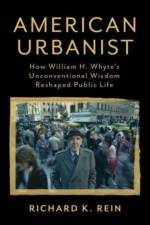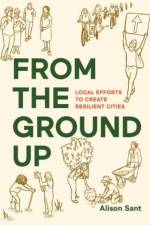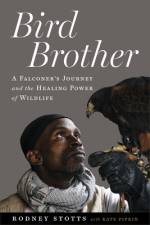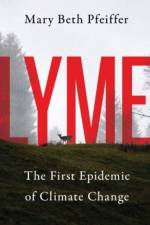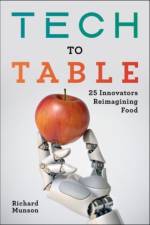av Matt Enstice
409,-
Innovation districts and anchor institutions, like hospitals, universities, and technology hubs, are celebrated for their ability to drive economic growth and employment opportunities. But the benefits often fail to reach the very neighbourhoods they are built in. As CEO of the Buffalo Niagara Medical Campus (BNMC), Matt Enstice took a different approach. Under Matt's leadership, BNMC has supported entrepreneurship training programmes and mentorship for community members, creation of a community garden, bringing together diverse groups to explore transportation solutions, and more. Fostering participation and collaboration among neighbourhood leaders, foundations, and other organisations ensures that the interests of Buffalo residents are represented. Together, these groups are creating a new model for reenergising Buffalo, a model that has applications across the United States, and around the world.0City Forward explains how BNMC works to promote a shared goal of equity among companies and institutions with often opposing motivations and intentions. When money or time is scarce, how can equitable community building remain a common priority? When interests conflict, and an institution's expansion depends upon parking or development that would infringe upon public space, how can the decision-making process maintain trust and collaboration? Offering a candid look at BNMC's setbacks and successes, along with efforts from other institutions nationwide, Enstice shares twelve strategies that innovation districts can harness to weave equity into their core work. From actively creating opportunities to listen to the community, to navigating compromise, to recruiting new partners, the book reveals unique opportunities available to create decisive large-scale change. Critically, Enstice also offers insight about how innovation districts can speak about equity in an inclusive manner and keep underrepresented and historically excluded voices at the decision-making table.

